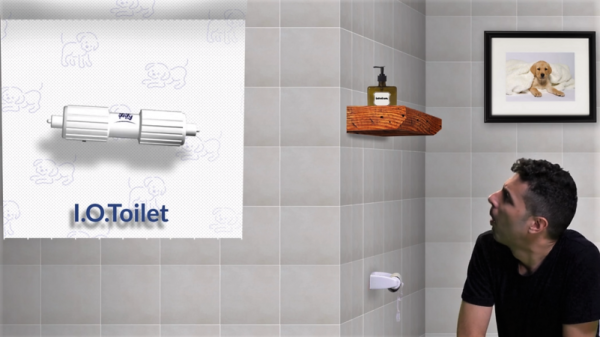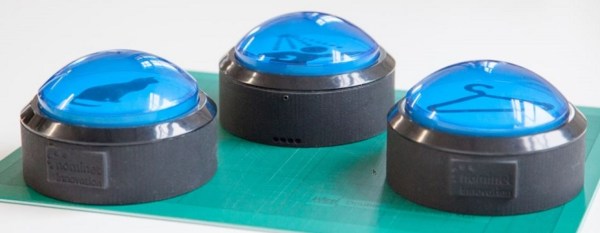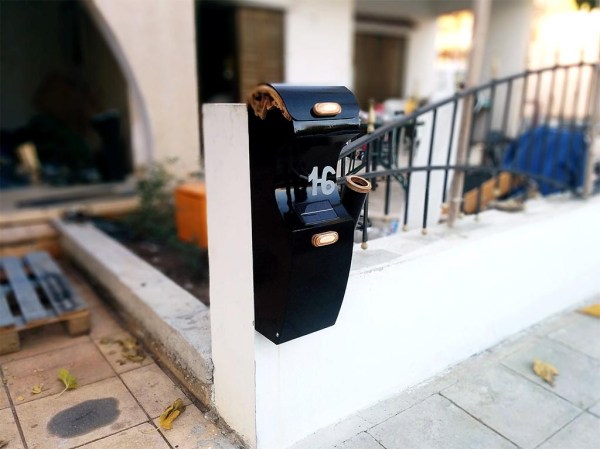Every once in a while you get lucky and a piece of cool gear lands on your bench to tear down and explore. On that measuring stick, Kristin Paget hit the jackpot when she acquired a fascinating piece of current generation cellphone infrastructure. She’s currently researching a carrier-grade LTE eNodeB and walked through some of the findings, along with security findings of two IoT products, during her talk on the Laws of IoT Security at the 2017 Hackaday Superconference.
Evolved Node B (eNodeB) is the meat and potatoes of the LTE cellular network. It connects the antenna to backhaul — this is not something you’d expect to see on the open market but Kristin managed to pick one up from a vendor at DEF CON. Hearing her walk through the process of testing the hardware is a real treat in her talk and we’ll get to that in just a minute. But first, check out our video interview with Kristin the morning after her talk. We get into the progress of her eNodeB research, and touch on the state of IoT security with advice for hardware developers moving forward.
Continue reading “Kristin Paget Is Hacking Carrier Grade LTE ENodeB”


















